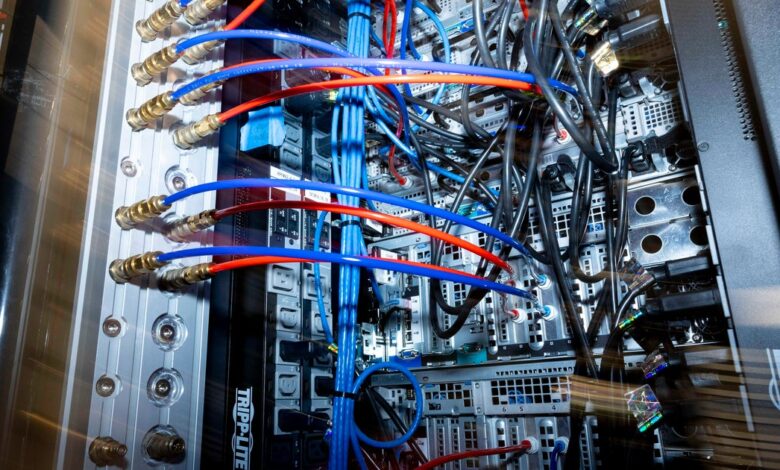The AI revolution is likely to drive up your electricity bill. Here’s why.

The state of New Jersey recently received a warning from the public utilities board about a potential surge in electricity bills of up to 20% starting on June 1. The primary driver behind this rate hike? Data centers.
Data centers, large-scale computing facilities that are crucial for the growing demand for artificial intelligence, data storage, and other technology services, are projected to significantly increase electricity consumption in the coming years. According to Schneider Electric, a company specializing in digital automation and energy management, electricity demand is expected to rise by 16% by 2029, largely due to the proliferation of data centers.
Mark Wolfe, the executive director of the National Energy Assistance Directors Association, expressed concerns about the impact of this increased energy consumption on everyday households. He highlighted that as utilities strive to meet the surging demand from AI and cloud computing, they are building new infrastructure and raising rates without transparency or public input. This ultimately results in higher electricity bills for consumers while tech companies benefit from undisclosed deals.
The United States currently hosts thousands of data centers, with the largest concentrations in states like Virginia, California, and Texas. The number of data centers in the country nearly doubled between 2021 and 2024, reflecting a growing trend towards larger facilities that are more energy-efficient.
The expansion of “generative” AI companies, which consume substantial amounts of electricity to train Large Language Models like ChatGPT, is a significant factor in the increasing energy demand. These AI searches consume ten times more electricity than regular internet searches, contributing to the overall electricity consumption of data centers.
Data centers, equipped with thousands of computer servers and networking gear, require power not only to operate but also to cool their systems and prevent overheating. Torsten Sløk, the chief economist at asset management firm Apollo Global Management, estimates that data centers will need an additional 18 gigawatts of power capacity by 2030.
Aside from the proliferation of data centers, other factors such as the price of natural gas, inflation, electrification of buildings and vehicles, also contribute to the surge in electricity prices in the US. Utilities are incorporating the high demand from data centers into their pricing models, with some proposing new rate classes for high energy users, including data centers.
The increased energy demand from data centers not only leads to price hikes but also poses a threat to the reliability of the grid. Experts warn that the rapid development of facilities servicing AI and cryptocurrency companies is outpacing the construction of power plants and transmission lines, leading to lower system stability.
In conclusion, the spread of data centers is reshaping the energy landscape in the US, with significant implications for consumers, utilities, and the overall grid reliability. As the demand for data centers continues to grow, it is essential to address the challenges posed by their energy consumption and ensure a sustainable and reliable energy future for all stakeholders.





